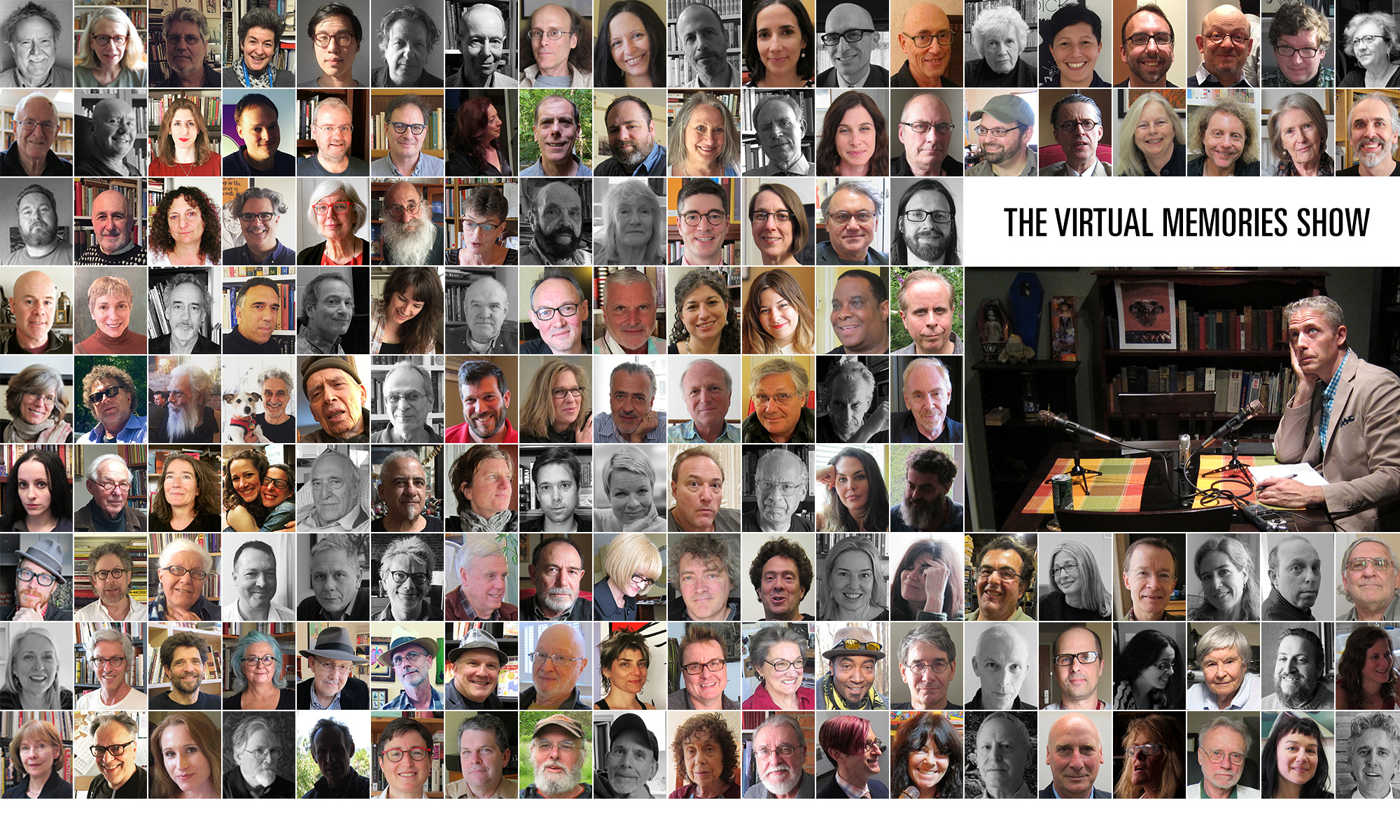“The things we crave are either near us or far, whereas time is about process. I have lived many years and I have learned not to trust process. Creation, destruction: these are not the real story. When we dwell on such things, we inevitably lapse into cliché. The true drama is in these relationships of space.”
–Emil Kopen
I’ve bought a lot of comic books over the years, but I’m not what you’d call a collector. When a store clerk asks if I want a bag-and-board for a new purchase, I answer, “No, thanks. I just read ’em.” I used to have some “valuable” comics, but I sold most of them off during college. I don’t remember what I needed the money for. A few years ago, I gave away a ton of “worthless” ones to some friends of mine. They treasure them.
You could say I own a couple of expensive comics, but that depends on your definition of “expensive”. Is $100 too much to spend on a hardcover collection of Little Nemo in Slumberland comic strips, reprinted at their original size (21″ x 16″)? Is $95 too much to spend on a three-volume slipcased edition of the complete Calvin & Hobbes, the best comic strip post-Peanuts? Is $125 too much to spend on the trade paperbacks of the final 100 issues of Cerebus? (Okay, don’t answer that one.)
And is $3,000 too much to spend on Hicksville?
There’s certainly nothing on its cover to indicate that Hicksville carries such an extravagant price. In fact, my edition reads, “$19.95 US / $24.95 CANADA”. It’s no rare, pulled-from-circulation issue, has no first appearance of Wolverine nor the death of a well-loved character (“Not a dream! Not a hoax!”).
But Hicksville brought me to the other side of the world, to small towns and jade factories, to wineries and bungee-platforms, to glaciers and Bunny Hell, to myself and beyond. It brought me to New Zealand.
Hicksville collects a story from the early-to-mid-1990s comics of Dylan Horrocks, about a comics journalist who travels to a small town to research the childhood of a famous cartoonist. The journalist discovers that everyone in this town is a comics aficionado. It’s a dream that I think all comics readers had at some point in their lives, that there’s a place in which we’re home.
But it wasn’t this vision that stayed with me over the years and led me to call my travel-industry friends to set up a two-week tour of the North & South Islands. I wasn’t naïve enough to think there was a comics Shangri-La waiting there. (That’s in Angouleme!)
What brought me to New Zealand was the sky. It’s no mean feat in a black-and-white comic book to convey such subtlety in clouds. In fact, Horrocks’ scratchy pen style would seem to dictate against it, mere outlines separating absence from absence. But there was something in his skies that stayed with me. I was captured by the romance of it, right down to the Maori name for the country: Aotearoa, the land of the long white cloud.
In 2003, I decided to go there and see it for myself. My friend Liz set me up on an “adventure tour” group, which was an extensively mixed bag of people (one of whom has stayed a good friend ever since). For the first few days, all I saw were clouds. Oh, and rain. Lots of rain.
But by the time our tour headed to the South Island via the Wellington-Picton ferry, the sky cleared and I started to understand things that I can’t explain. By the end of the trip, at the peak of the Ben Lomond trail, a mile or so above Queenstown, I knew where I was.
A day later, I would spend 24 hours in planes and airports, replaying Emil Kopen’s remarks about space, not time, being the essence of storytelling, as I jetted from Queenstown to Auckland to LA to Newark. Today marks the third anniversary of my return from NZ. Time and space.
I bought my copy of Hicksville at a small press comics expo in Maryland in 1998. Dylan Horrocks was in attendance, signing copies (he’d been brought in to give a presentation on the history of comics in NZ). He made a sketch on the first page of my copy, along with the inscription, “Hey Gil! You’re always welcome in Hicksville!”
And I am.
(You really want to look through my photos from that trip.)
